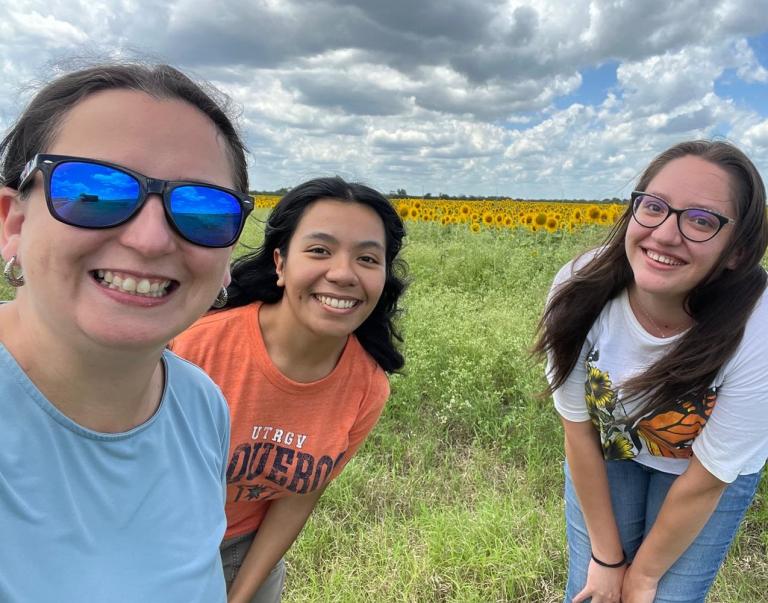
This post was submitted on behalf of the Pisgah Ranger District recreation staff and fire crew - Paul Ross, Forest Service Office of Communication
Accessed by the Blue Ridge Parkway and surrounded by the Black Balsam Mountains, the Sam Knob Project is located in one of the most scenic and highly visited portions of the Pisgah Ranger District. As we celebrate National Trails Day and National Fishing and Boating Week, we are highlighting this location as a showcase of how recreational trail design can protect critical fish and wildlife habitat and enhance user experiences.
This area is biologically unique in the southern Appalachian Mountains, because of its mix of spruce-fir and northern hardwood forests, interspersed with high elevation open, grassy areas. The Carolina northern flying squirrel, an endangered species, calls this area home, as does the recently listed (threatened) northern long-eared bat. In addition to the stunning scenery and chance to see unique wildlife, Sam Knob is also a recreation mecca—a favorite area for short- and long-distance hikers and a destination experience for tens of thousands of visitors each year.
Due to its popularity, this area was literally loved to death. Worn trails with poor drainage that funneled sediment into area streams became the norm. This sediment choked the cold, clear headwaters of the East Fork Pigeon River downhill from the trail. This was especially concerning because the area is adjacent to designated wilderness areas, which are spaces intended to appear “untrammeled by man” and have the highest level of conservation protection for federal lands.

Eighteen months ago, the Carolina Mountain Club (CMC) voiced concerns about the condition of the Sam Knob Trail. Recognizing the importance of maintaining, or in this case rebuilding, recreational opportunities that are compatible with the ecological and biological value of this unique area, the Pisgah Ranger District recreation staff embraced the opportunity to work collaboratively with the CMC, Conservative Anabaptist Service Program (CASP) and Schenk Job Corps to restore a section of Sam Knob Trail. This section of trail was deeply entrenched, had failing water structures, and was impacting local hydrology and brook trout habitat. Although the original focus of the project was to improve trail conditions, the benefits have been far-reaching.

The Southern Appalachian Brook Trout is the only salmonid (salmon or trout) native to the southeastern United States. These fish, often referred to as speckled trout or specs by locals, may be small in stature, but they are brightly and beautifully colored, especially in the fall, and are the crown jewels of our mountain streams. The headwaters of the East Fork Pigeon River support one of the largest refuges for this strain of brook trout in the southeast.
The Pisgah Ranger District has been applying specialized techniques for restoring trails that balance habitat conservation and outdoor recreation. This is especially critical where soils are less tolerant of human traffic and are more susceptible to erosion, and where rerouting is not an option. By elevating users on boardwalks or hardening the trail surface, visitors are still able to enjoy the Sam Knob area while the impact on speckled trout is reduced by protecting their fall spawning grounds.
This project was not easy. It required the transporting of approximately 150 tons of gravel and the lumber, over long distances where there was no vehicular access, to construct 300 feet of boardwalk. Was it worth it? The answer is a resounding “yes.” The proof is around us now, as we enter into the high-visitation season—people are hiking, picnicking, and soaking up the beauty of the area, nearby streams are flowing clear, and fast, and free, and the speckled trout are breathing a little easier.
This post is part of a series featuring the Forest Service’s work on restoration across the country.



